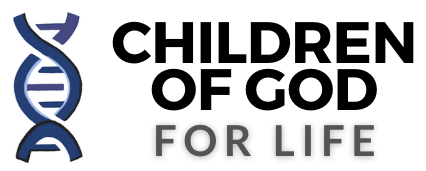With GlaxoSmithKline eager for marketing approval, Shingrix passes revaccination test
by Eric Sagonowsky |
Jun 22, 2017 4:15pm
 Awaiting a potential FDA approval, GlaxoSmithKline’s much-anticipated shingles vaccine Shingrix met its goal in a phase 3 study examining whether it can protect older adults who have previously received Merck’s Zostavax. If approved, CDC officials said they’re likely to recommend the GSK vaccine over Merck’s shot.
Awaiting a potential FDA approval, GlaxoSmithKline’s much-anticipated shingles vaccine Shingrix met its goal in a phase 3 study examining whether it can protect older adults who have previously received Merck’s Zostavax. If approved, CDC officials said they’re likely to recommend the GSK vaccine over Merck’s shot.
In the revaccination study, investigators found that Glaxo’s shot induces a strong immune response in people 50 and older who received Zostavax a minimum of 5 years before their Shingrix vaccination. Since previous studies have shown Zostavax’s protection wanes over time, the results could mean a new option for those who’ve already received the Merck vaccine, should Shingrix win FDA approval.
The data were presented at the CDC’s Advisory Committee on Immunization Practices (ACIP) meeting Wednesday, where members said the FDA is set to act on the GSK shot in the coming months. Apart from the U.S., GSK has also submitted its vaccine to authorities in Europe and Canada.
At the meeting, CDC medical epidemiologist Dr. Kathleen Dooling said a majority of members of a herpes zoster work group would recommend a preference for GSK’s Shingrix over the current vaccine, Merck’s Zostavax. That’s based on currently available data, Dooling cautioned, adding that the group is awaiting the GSK vaccine’s final price and a cost effectiveness analysis.
Experts at the ACIP meeting noted that should the FDA approve Shingrix by their October gathering, the group could choose whether to recommend the shot for national vaccination guidelines. A preference for GSK’s shot could gravely hurt Merck’s Zostavax sales, which totaled $685 million last year.
Just this week, life science commercial intelligence firm Evaluate predicted that Shingrix would climb to more than $1 billion in sales by 2022. The analysts found that Shingrix is the most valuable vaccine R&D project in the industry.
For their part, Glaxo executives have said the vaccine represents a big opportunity as it would steal market share and also drive uptake. GSK CEO Emma Walmsley recently told analysts the company’s “immediate focus” is to “deliver excellent commercial execution” on three drug launches, Shingrix among them.

I volunteered to take part in the Novavax study back in Early 2021. I was thrilled that an ethical option…
This article is dated 13 Aug 2021.
God bless you both and your growing family! Your work has been appreciated beyond words. I look forward to your…
Science and medicine proclaim to want to save lives with sick innovation and research like we just read about but…
Want information to be in English
Dear GOD! Have mercy on this. Makes me want to vomit.